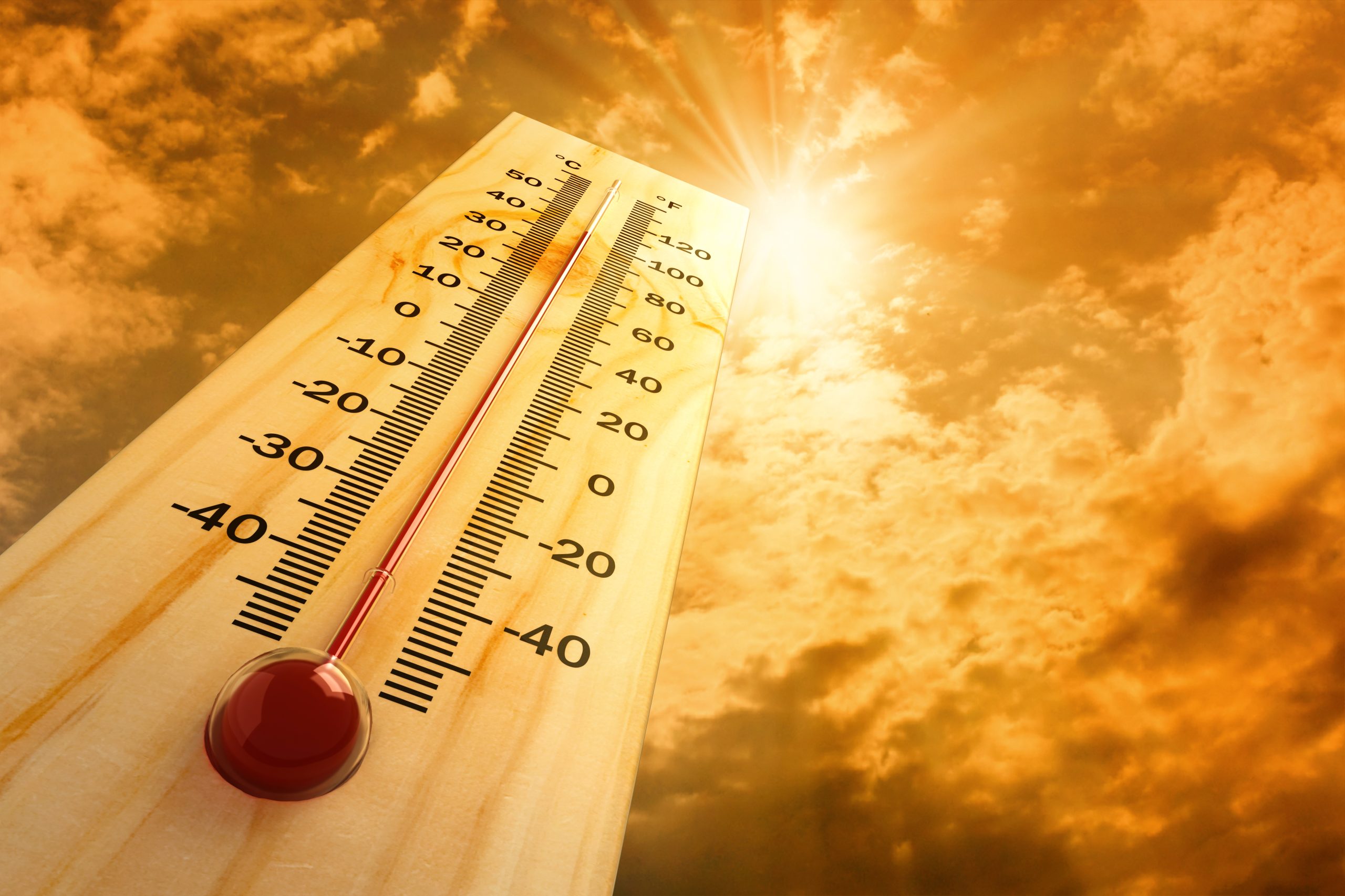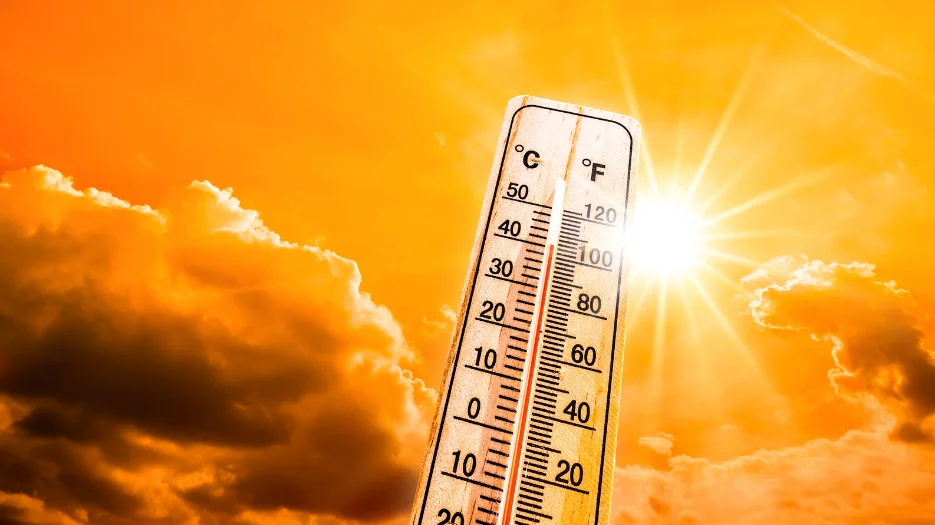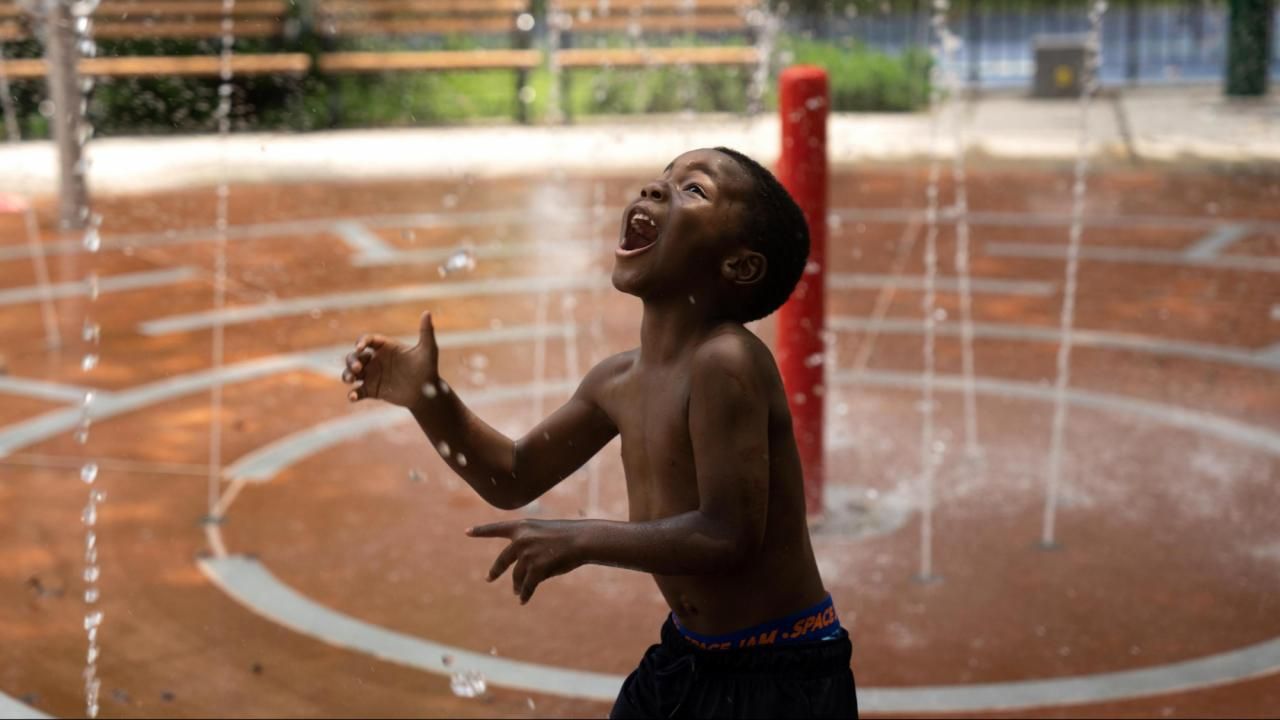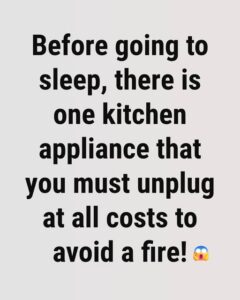How to Stay Safe and Comfortable During Very Hot Summer Days

Summer brings sunshine, outdoor adventures, beach trips, and vacations—but it also brings heat. In many regions around the world, especially during heatwaves, summer temperatures can climb dangerously high. For some people, hot weather is just uncomfortable. For others—especially the elderly, children, and those with health conditions—it can be dangerous, even life-threatening.
Whether you’re spending summer in the city, countryside, or on vacation, understanding how to protect yourself during very hot days is essential. Here’s a comprehensive guide to help you stay cool, healthy, and safe during high heat.

1. Stay Hydrated All Day Long
Hydration is the number one priority when it’s hot outside. Your body loses more fluids through sweat when temperatures rise. Even light activity during heat can lead to dehydration quickly.
What to do:
-
Drink water regularly, even if you don’t feel thirsty.
-
Avoid sugary, alcoholic, or caffeinated drinks—they can dehydrate you further.
-
Carry a reusable water bottle everywhere.
-
If you’re sweating a lot, consider drinks with electrolytes like coconut water or sports beverages.
Signs of dehydration:
-
Dry mouth
-
Dizziness or light-headedness
-
Fatigue
-
Dark yellow urine or infrequent urination
2. Dress Smart for the Heat
Your clothing makes a big difference in how your body handles hot weather.
Choose:
-
Loose-fitting, lightweight clothes made from breathable materials like cotton, linen, or moisture-wicking synthetic fabrics.
-
Light-colored clothing that reflects sunlight.
-
Wide-brimmed hats to shade your face, neck, and ears.
-
UV-protective sunglasses to protect your eyes.
Avoid dark colors and heavy fabrics that trap heat.
3. Time Your Activities Wisely
The sun’s rays are strongest between 11:00 AM and 4:00 PM. Limit outdoor activities during this time. If you must be outside, try to:
-
Take frequent breaks in the shade.
-
Walk or exercise early in the morning or later in the evening when temperatures are cooler.
-
Avoid strenuous activities under direct sunlight.
If your job or responsibilities require outdoor work, wear protective gear, hydrate often, and take regular cooling breaks.
4. Keep Your Home Cool
Your home should be your refuge during hot weather, but not all buildings are designed to handle heat efficiently.
Tips to cool your home naturally or with low energy use:
-
Close blinds or curtains during the day to block sunlight.
-
Open windows at night when it’s cooler to allow airflow.
-
Use fans to circulate air, especially ceiling or standing fans.
-
Avoid using ovens or stoves during the hottest hours.
-
If possible, use an air conditioner or go to public spaces (malls, libraries, or community centers) that are air-conditioned.

5. Use Sunscreen Every Day
Even if you’re not going to the beach, UV radiation can damage your skin any time you’re outside.
Best practices:
-
Apply broad-spectrum sunscreen with SPF 30 or higher.
-
Reapply every 2 hours, or more if sweating or swimming.
-
Don’t forget areas like the tops of ears, feet, and the back of the neck.
Sunburn increases your risk of heat-related illness by impairing your skin’s ability to cool you down.
6. Eat Light and Refreshing Meals
Heavy meals increase your body’s internal temperature, making you feel hotter.
Choose:
-
Fresh fruits (watermelon, cucumber, oranges)
-
Cold salads and smoothies
-
Grilled lean proteins instead of fried foods
-
Light snacks throughout the day instead of heavy meals
Staying full without overeating will help your body manage heat more effectively.
7. Cool Your Body
Sometimes your environment may be hot no matter what. That’s when cooling your body directly is important.
Try:
-
Taking cool (not freezing) showers or baths
-
Using a damp cloth on your neck, wrists, and forehead
-
Wearing a cooling towel or neck wrap
-
Placing your feet in a basin of cold water
-
Sitting in front of a fan with a wet shirt or towel
Avoid rapid cooling like ice baths or freezing showers, which can shock the body.
8. Be Aware of Heat-Related Illnesses
Heat exhaustion and heatstroke are serious conditions that require immediate attention.
Watch for these symptoms:
Heat exhaustion:
-
Heavy sweating
-
Weakness or fainting
-
Headache
-
Nausea or vomiting
-
Cool, moist skin
Heatstroke (medical emergency):
-
High body temperature (above 39.5°C / 103°F)
-
Hot, dry skin or profuse sweating
-
Rapid pulse
-
Confusion, agitation, or unconsciousness
If someone has signs of heatstroke, call emergency services immediately, move them to a cooler place, and try to lower their temperature with cool cloths or a bath—but do not give them fluids if they are unconscious or confused.
9. Protect Vulnerable Individuals
Certain people are more at risk during extreme heat:
-
Infants and young children
-
Older adults
-
People with chronic illnesses (heart disease, diabetes, respiratory conditions)
-
Those taking certain medications (diuretics, antidepressants, or blood pressure meds)
Check on elderly neighbors, friends, or family during heatwaves. Never leave children or pets in a parked car, even for a minute.
10. Adjust Your Routine
In regions with consistent heatwaves or hotter climates, you may need to adopt a seasonal lifestyle adjustment:
-
Shift errands to early morning or evening.
-
Set reminders to drink water.
-
Use mobile weather apps to track daily temperatures and heat advisories.
-
Stay indoors during local heat alerts.
